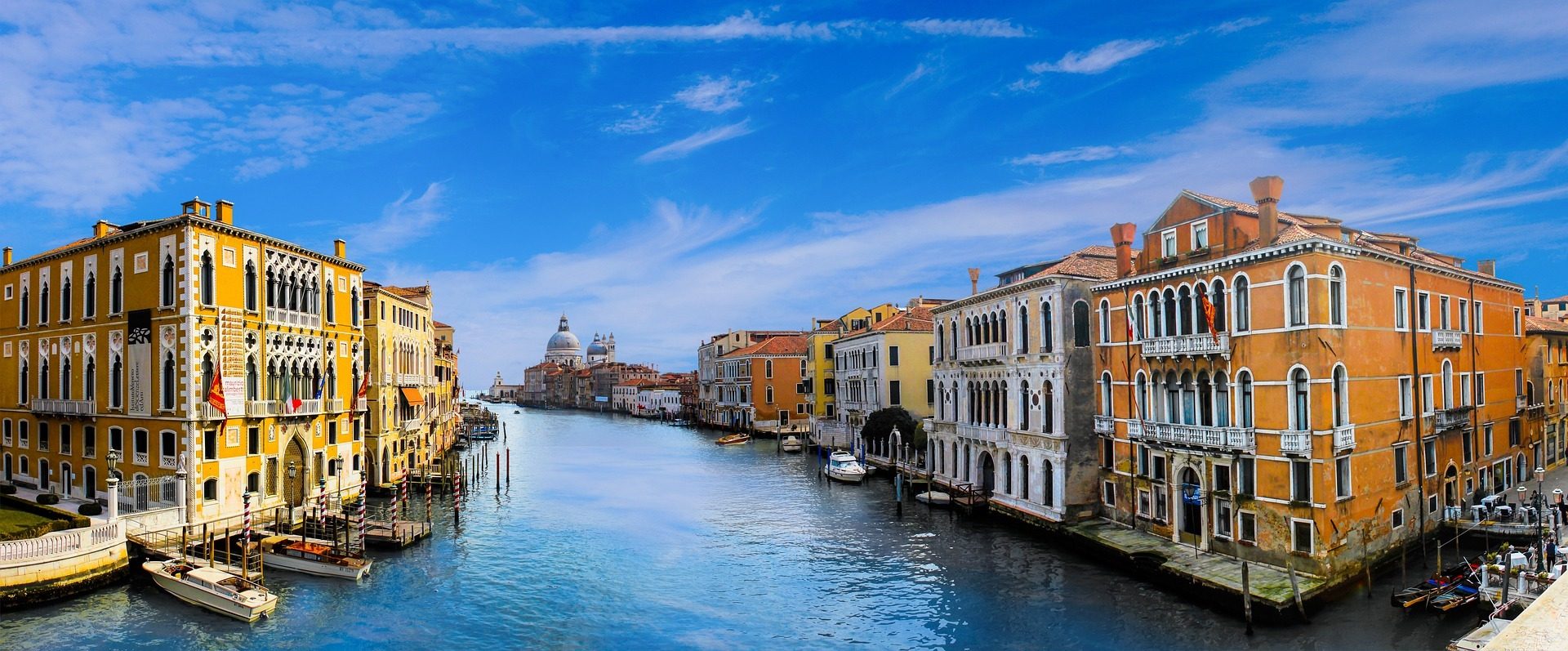Unconventional Wisdom
SCROLL
Will the FLAP Flop?
Renewable power and ‘last mile’ transmission services are very real issues for businesses to consider

Although FLAP isn’t going anywhere, it’s hard to find a place to hang a shingle anymore. As we look around Europe, the Middle East, Africa, and Asia Pacific, we can expect the emergence of a distinct set of tier II markets.
Image by Gerd Altmann from Pixabay
Frankfurt, London, Amsterdam, and Paris — the infamous FLAP that dominates the European data center market will continue to do so as growing tech economies, strict data sovereignty laws, and low latency thresholds continue to spur strong demand. Data center capacity has reached an all-time high with more than 2,000 MW of capacity now available in the FLAP, according to calculations by CBRE late last year.
London and Paris will always be critical exchange hubs for internet traffic between the U.S. and Europe. France’s position on the English Channel, Atlantic Ocean, and Mediterranean Sea makes it a crossroads for subsea cables moving internet traffic between continents. Amsterdam and Frankfurt’s inclusion as Tier I European markets is based on their attributes of serving as the gateway to mainland Europe and being one of the largest internet exchange points in the world, respectively.
Each FLAP country has important strategic connectivity advantages, but they’re also small in size.
Competition for available land in suitable locations is already fierce and will continue to impact the price of potential sites for data center development. There is, unfortunately, no getting away from the fact that the access to renewable power and “last mile” transmission services will be very real issues for businesses to consider as Europe pursues aggressive climate change goals.
Governments pump the brakes
The Dutch government recently imposed a moratorium on data center developments and will transition authority for licensing of future centers from local authorities to the national government. Frankfurt’s magistrate recently issued a report on data center land use encroaching on other commercial ventures, consuming more than their fair share of electricity, and thwarting climate goals. In response, the magistrate is developing an urban development plan with “location and development of data centers spatially controlled.”
FLAP alternatives
Italy
In 2020, the total investment in the Italian data center market exceeded $2 billion with Milan — the financial and business hub of the country — being one of the most preferred locations for investments. Data centers in the country added a power capacity of 46 MW in 2020 alone. The adoption of submarine cables will boost Italy’s data center development to meet growing demand for hyperscale capacity. Massive investments are being made in the country’s fiber networks as well. And the deployment of 5G and smart cities in Rome, Naples, Turin, and Bari support continued strong demand for data computation and storage for the foreseeable future.

The government in Spain is investing heavily to make the country a global leader in the artificial intelligence market.
Image by Michal Jarmoluk from Pixabay
Spain
Much of the fiber that hits Europe flows through Madrid, the Spanish capital and a major financial center for the country. This strong fiber optic network represents a unique opportunity for data center growth and is paving the way for investment from cloud providers, including Microsoft and AWS.
In an effort to overcome power challenges, the government plans to install 50 GW of renewable energy by 2030 as part of its National Integrated Energy and Climate Plan. Operators will still have to negotiate power distribution, so challenges remain in this regard. The government is investing heavily to make Spain a global leader in the artificial intelligence market, so commensurate computing power will be a requisite

Power and fiber shortcomings are issues India will need to overcome.
Image by Richard Mcall from Pixabay
India
Today, India accounts for 1%-2% of the global data center market. Since 2016, it’s been recording an annual growth of 25%-30%. At that pace, it is quickly becoming a major player in the Asia-Pacific (APAC) region.
India’s booming tech startup landscape and movement toward a digital economy support data center expansion, but power and fiber shortcomings will be a high hurdle for the country to clear as well as accessible land and water.
India was late to the cellular game. Then, it suddenly grew by leaps and bounds overnight. A similar pattern with data centers is a distinct possibility. It not far-fetched to imagine growth in India to be larger than all of North America and Europe.
Final Thoughts
Although FLAP isn’t going anywhere, it’s hard to find a place to hang a shingle anymore. As we look around Europe, the Middle East, Africa, and Asia Pacific, we can expect the emergence of a distinct set of tier II markets.
Chris Crosby
Chris Crosby is founder and CEO of Compass Datacenters. He has more than 25 years of technology, real estate, and investment experience. He received a bachelor's degree in computer science from the University of Texas at Austin. He currently serves as the vice chair of the board for the master’s in datacenter systems engineering degree program at Southern Methodist University and is also active in the Lonestar chapter of the Young Presidents’ Organization (YPO).


